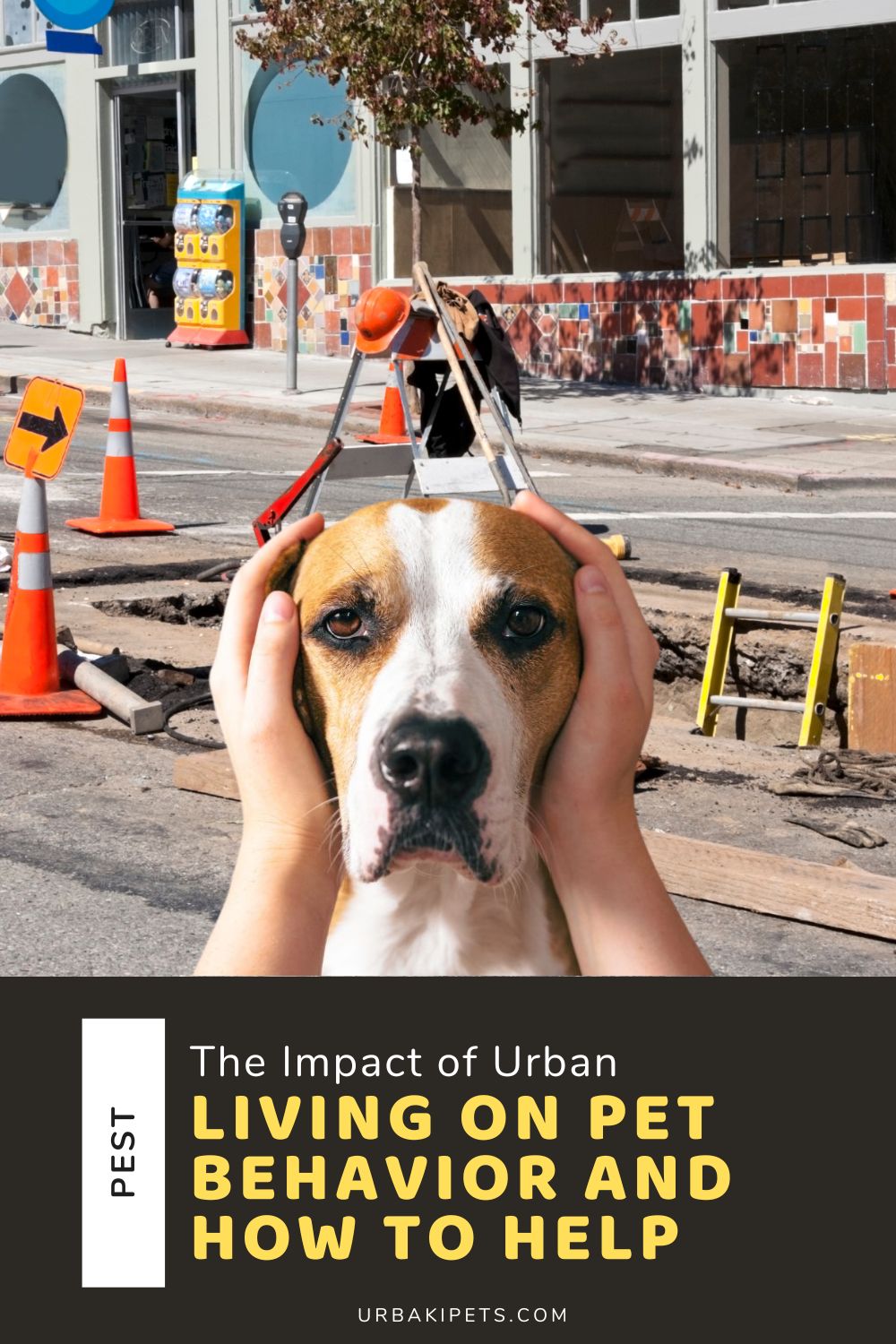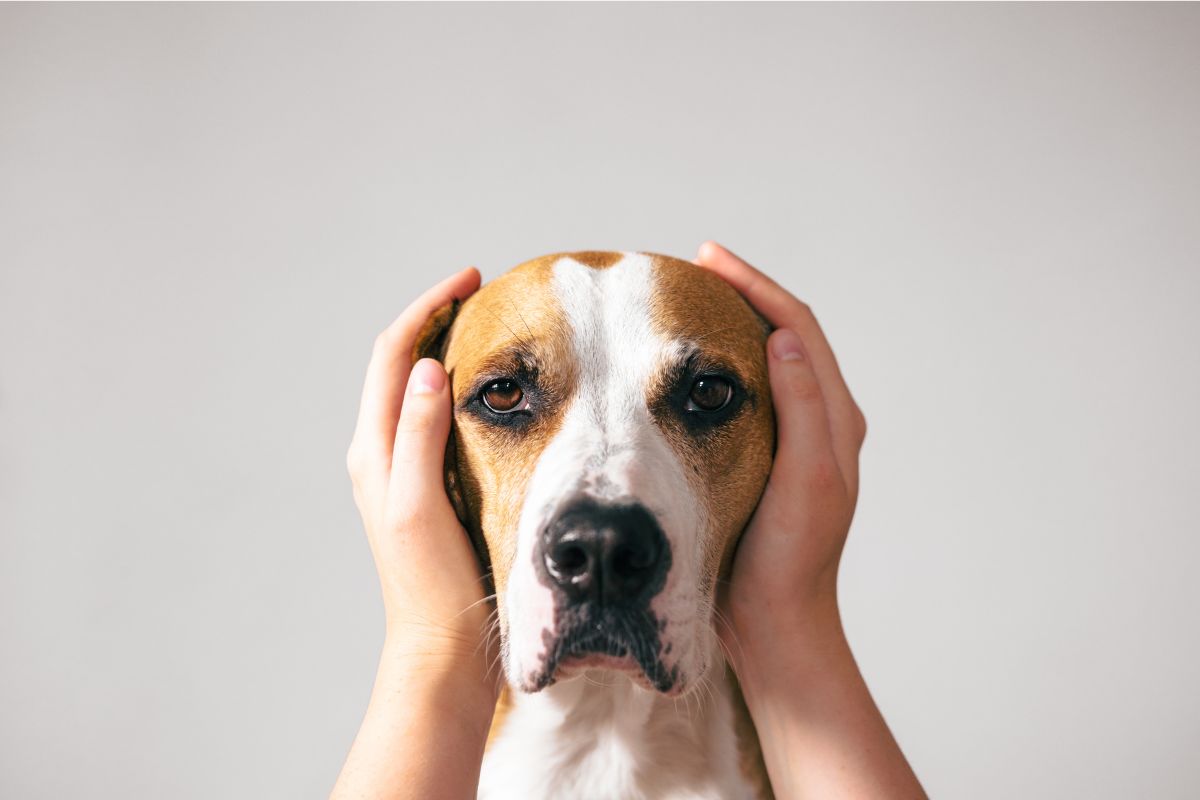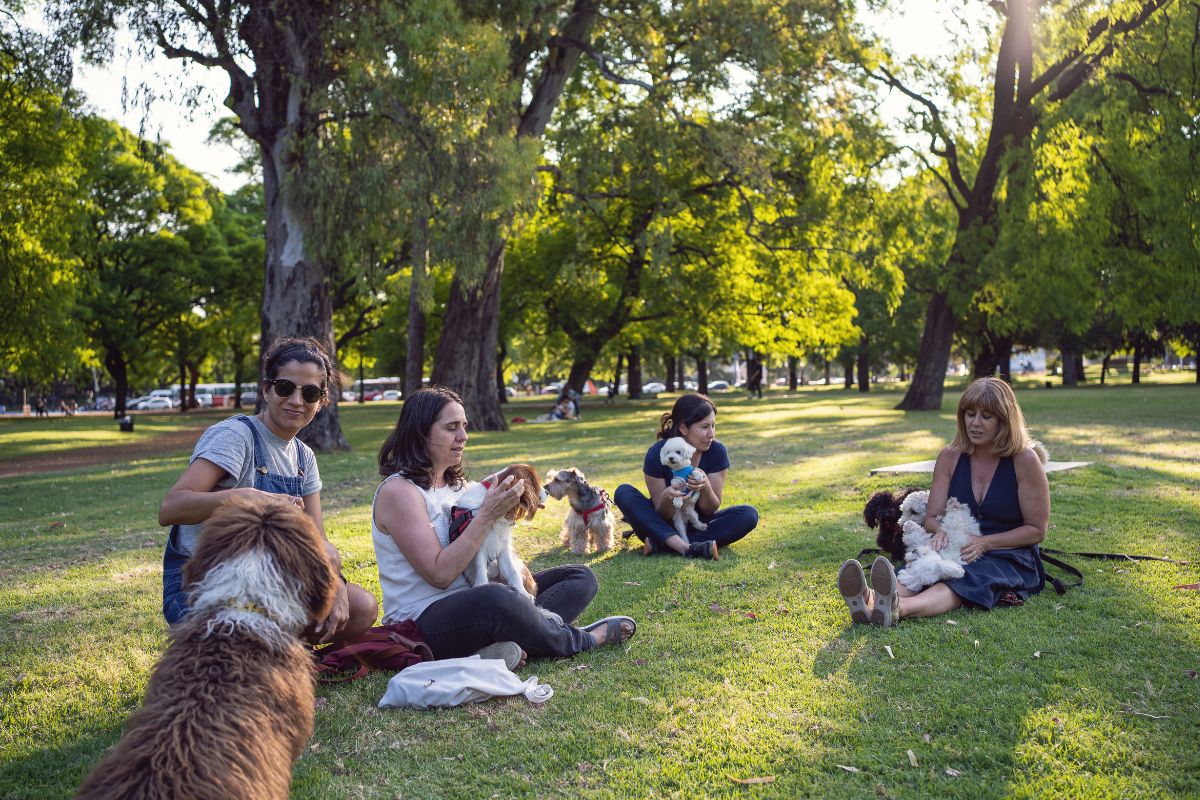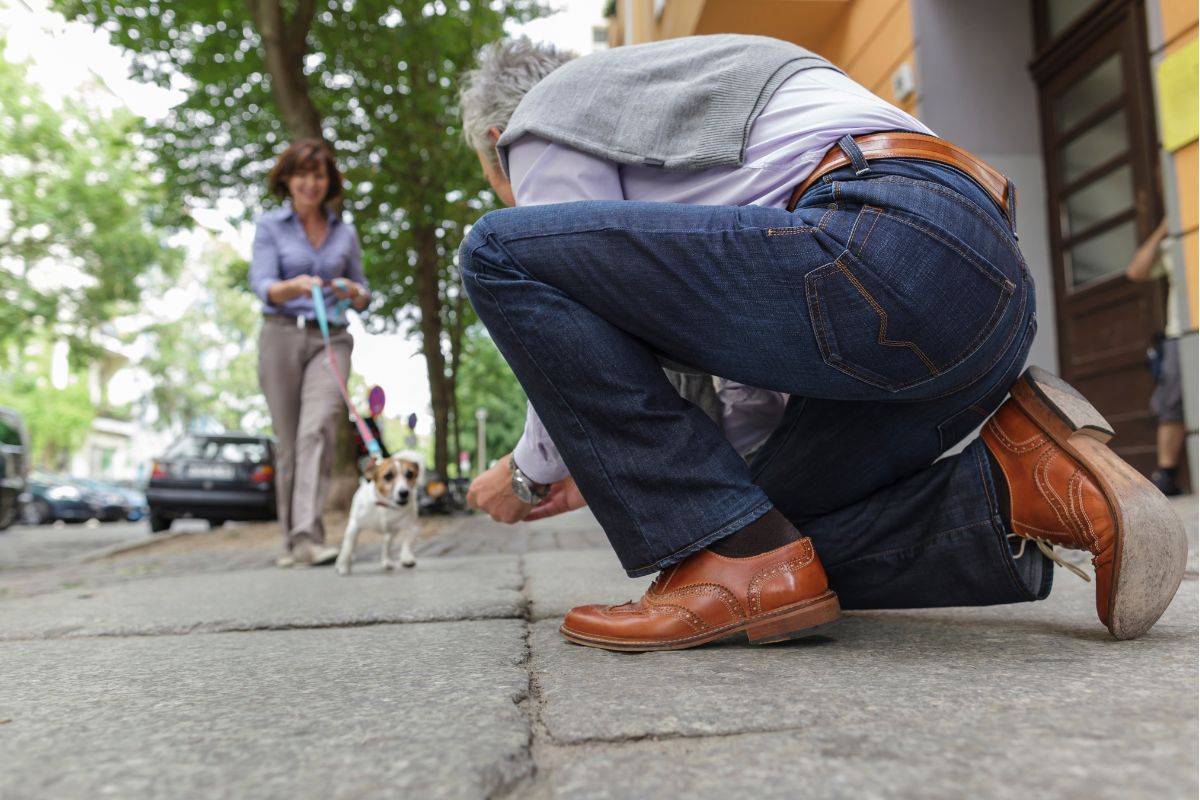The Impact of Urban Living on Pet Behavior and How to Help

Urban living offers many benefits—convenience, access to amenities, and a bustling lifestyle—but it can also present unique challenges for pets. The fast-paced environment, noise, limited space, and lack of natural areas can impact a pet’s well-being and behavior.
Understanding the effects of urban living on pets and learning how to mitigate these challenges can help ensure that pets lead happy, healthy, and well-adjusted lives.
In this article, we will explore how urban living influences pet behavior and share practical tips on how to help pets adapt to city life.
The Challenges of Urban Living for Pets
Urban environments are significantly different from suburban or rural areas, which can create various challenges for pets. Some of the most common issues that pets face in cities include:
Noise and Pollution: Cities are filled with noise from traffic, sirens, construction, and crowds. Constant exposure to loud sounds can cause stress and anxiety in pets, especially for sensitive animals like dogs and cats. Air pollution can also affect their respiratory health over time.
Limited Space: Apartments or small homes in the city may provide little room for pets to roam, exercise, or explore. This can lead to frustration, boredom, and potentially destructive behaviors.
Lack of Natural Stimulation: Pets, especially dogs, often rely on outdoor spaces like parks or yards to engage in natural behaviors such as running, sniffing, and playing. In urban settings, the lack of green spaces can leave pets with limited opportunities for physical and mental stimulation.
Higher Stress Levels: The busy nature of city life, including constant movement, noise, and unfamiliar smells, can contribute to higher stress levels for pets. Over time, this chronic stress can manifest as behavioral problems or health issues.
 How Urban Living Affects Pet Behavior
How Urban Living Affects Pet Behavior
Urban living can significantly influence a pet’s behavior, both positively and negatively. Let’s look at some common behavioral issues that urban pets may develop:
1. Anxiety and Stress
Pets living in cities are often exposed to higher levels of stress and anxiety. The constant noise, unfamiliar sounds, and crowds of people can make pets feel uneasy or fearful. This can lead to behaviors such as:
Excessive barking or meowing in response to noises or movement outside.
Separation anxiety when left alone, especially in apartments where pets may not have access to outdoor areas.
Destructive behaviors, like chewing furniture or scratching walls, as a response to stress.
2. Boredom and Lack of Stimulation
In smaller living spaces, pets may not have enough room to exercise or explore. Without sufficient stimulation, pets can develop boredom, which may lead to:
Chewing, digging, or scratching to release pent-up energy or frustration.
Increased aggression due to frustration and lack of physical or mental outlets.
Excessive sleeping or lethargy due to a lack of engagement and enrichment.
 3. Noise Sensitivity
3. Noise Sensitivity
Many pets, especially dogs, can be particularly sensitive to loud noises such as traffic, sirens, or construction. Prolonged exposure to high noise levels can lead to:
Fear and anxiety when hearing certain sounds, which may result in hiding or even shaking.
Reluctance to go outside for walks or potty breaks due to negative associations with loud noises.
Disrupted sleep patterns, leading to fatigue and irritability.
How to Help Pets Adapt to Urban Living
While urban living can be challenging for pets, there are several ways pet owners can help their furry friends adapt and thrive in the city. Here are some practical tips to ensure your pet remains happy and healthy:
1. Create a Calm, Safe Space
To help your pet manage the stress of city life, it’s essential to create a calm, safe space where they can retreat when they feel overwhelmed. This can be a designated area in your home with their bed, toys, and a cozy environment. You can also use calming aids, such as:
Noise-canceling devices: Playing soothing music or white noise can help mask outside sounds and create a more peaceful environment.
Comfort items: Items like their favorite blanket, a familiar toy, or a piece of clothing with your scent can provide comfort and security.
 2. Provide Regular Exercise and Mental Stimulation
2. Provide Regular Exercise and Mental Stimulation
Since space is limited in urban areas, providing regular physical and mental stimulation is crucial. Consider these options to help your pet stay active:
Daily walks: Regular walks provide an outlet for physical energy and mental stimulation. Take your dog on different routes to expose them to new sights and smells.
Interactive toys: Invest in puzzle toys and treat-dispensing balls that challenge your pet’s brain and keep them engaged.
Dog parks or pet-friendly areas: If possible, take your dog to designated parks or pet-friendly areas where they can run and play freely.
For cats, interactive toys like laser pointers, feather wands, or climbing trees can help keep them active and mentally stimulated.
3. Reduce Noise Sensitivity
To help pets adjust to the noise in an urban environment, consider these strategies:
Desensitization: Gradually expose your pet to the noises they’re likely to encounter outside. Start with lower volume recordings of city sounds and slowly increase the volume over time while rewarding calm behavior.
Soundproofing: Invest in curtains, rugs, and other sound-absorbing materials to reduce noise inside your home.
Ear protection: For highly sensitive pets, some owners use ear covers or calming sprays specifically designed to reduce anxiety caused by loud noises.
 4. Provide Consistent Routines
4. Provide Consistent Routines
Routine is vital for pets, especially in a fast-paced urban environment where things may feel unpredictable. Maintaining a consistent daily routine for meals, walks, playtime, and rest will help provide your pet with a sense of security and stability.
5. Consider Professional Training or Therapy
If your pet is showing signs of severe anxiety or behavioral issues, it may be helpful to seek professional training or behavioral therapy. A professional trainer with experience in urban pet behavior can teach you effective techniques to help your pet cope with their environment.
Positive reinforcement methods can help your pet associate city noises or busy environments with rewards, gradually reducing their stress.
Therapeutic interventions: In some cases, veterinary-prescribed treatments or calming supplements may be recommended for pets experiencing anxiety or severe stress.
 Helping Pets Thrive in the City
Helping Pets Thrive in the City
Urban living can have a significant impact on your pet’s behavior, but with a little planning and care, pets can adapt and thrive in the city.
By providing a safe space, ensuring plenty of physical and mental stimulation, reducing noise exposure, and maintaining a consistent routine, you can help your pet feel secure, happy, and healthy.
If behavioral issues persist, seeking professional help can further assist in navigating the challenges of urban living. With the right approach, your pet can enjoy a fulfilling life alongside you in the vibrant, dynamic world of the city.
Did you find this post useful or inspiring? Save THIS PIN to your PETS Board on Pinterest!


 How Urban Living Affects Pet Behavior
How Urban Living Affects Pet Behavior 3. Noise Sensitivity
3. Noise Sensitivity 2. Provide Regular Exercise and Mental Stimulation
2. Provide Regular Exercise and Mental Stimulation 4. Provide Consistent Routines
4. Provide Consistent Routines Helping Pets Thrive in the City
Helping Pets Thrive in the City
You may also like